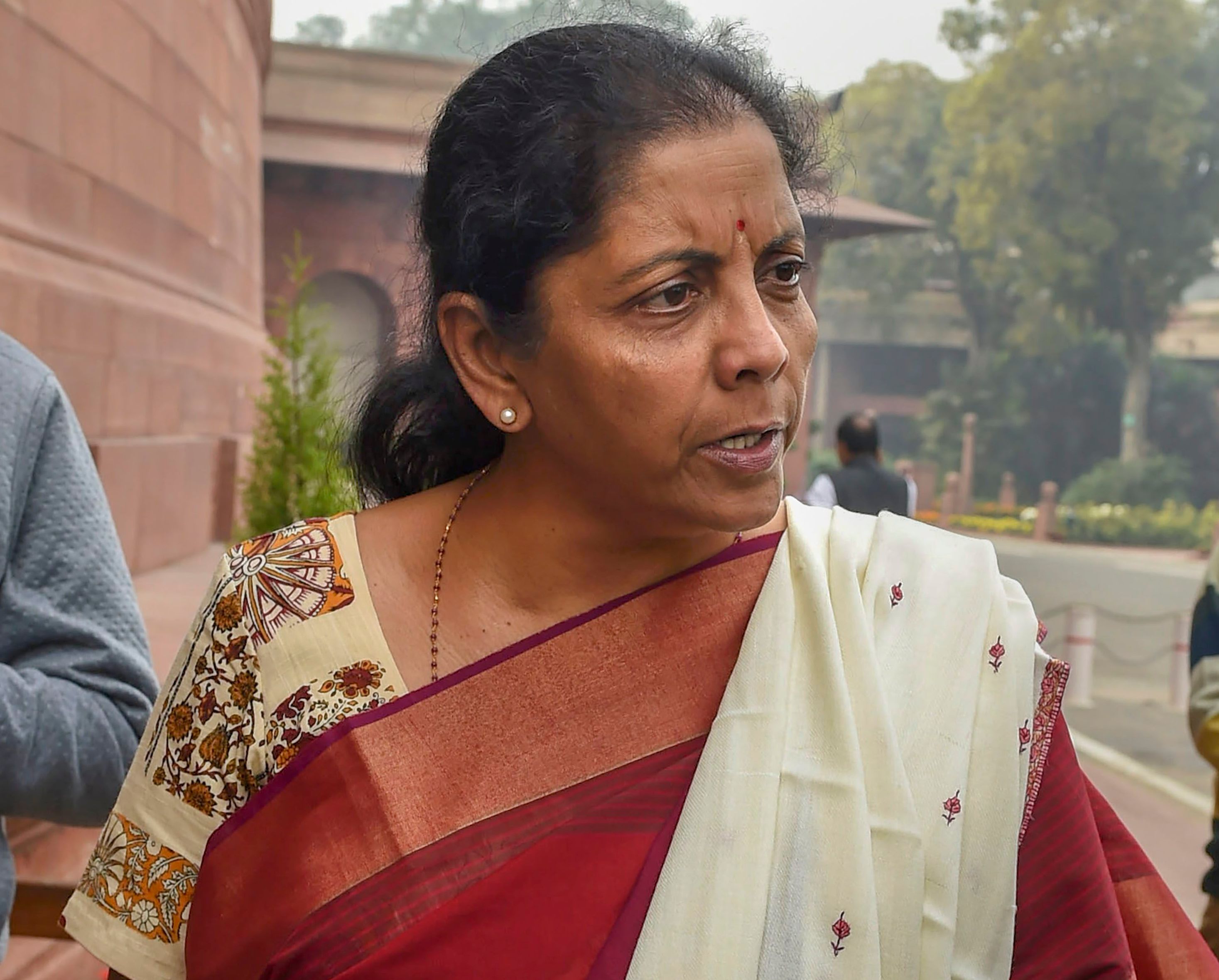The Narendra Modi government has sparked another ‘demonetization’ moment — this time it is over its decision to float sovereign bonds on overseas markets. The finance minister, Nirmala Sitharaman, who made the shock announcement in her budget on July 5, insists that there have been extensive discussions before the government decided to push ahead with an idea that previous regimes had flirted with but never worked up the courage to take. The government believes it has a compelling argument for a foreign currency-denominated sovereign bond issue. It does not want to crowd out private borrowers from the domestic capital market; it intends to borrow money at a very low cost in order to fund a part of its Rs 7.03 lakh crore fiscal deficit; and it wants to bring down the real rate of interest for industry from the current level of around 9 per cent.
Several experts have slammed the idea. The former governor of the Reserve Bank of India, Raghuram Rajan, believes that the risks of such a flotation outweigh the benefits. The tremors could rock the domestic bond markets, raising the frightening prospect of a ‘foreign tail wagging an Indian dog’. Yields on the 10-year government bond have already tumbled to 6.33 per cent, the lowest since demonetization. Oddly, the Swadeshi Jagran Manch, the right-wing think tank, has also opposed the move. The SJM has raised the red flag on patriotic considerations, arguing that the bond will give rich nations a handle to dictate India’s policies. The big worry is that the Centre has not fully considered the ramifications of the move that will pass on a sizeable burden of debt to the millennial generation. The rupee-dollar exchange rate has wobbled in the past few years. The rupee could weaken considerably from current levels which could see repayment costs shoot when the bonds mature. The ‘bond aid’ for government finances could also raise the prospect for distortionary taxes at home.
The government is looking to raise 10 per cent of its borrowings from the sovereign bond. The cost of borrowing will depend on its global credit rating, currently pegged at the lowest rung of investment grade. The government will need to pare spending in order to hold its fiscal deficit down to 3.3 per cent of GDP this year, reduce its current account deficit that has been rising as exports falter and imports surge, boost investment, and make sure there is no crisis that can undermine its credibility as a borrower. China and Indonesia have large foreign currency-denominated debt. Both countries have higher credit ratings than those of India, which had an external debt of $543 billion at the end of March. But 38 per cent of this debt is in the form of commercial borrowing. A flotation of $4 billion sovereign bond as a first tranche may seem modest but it could whip up more trouble than it seeks to alleviate.












